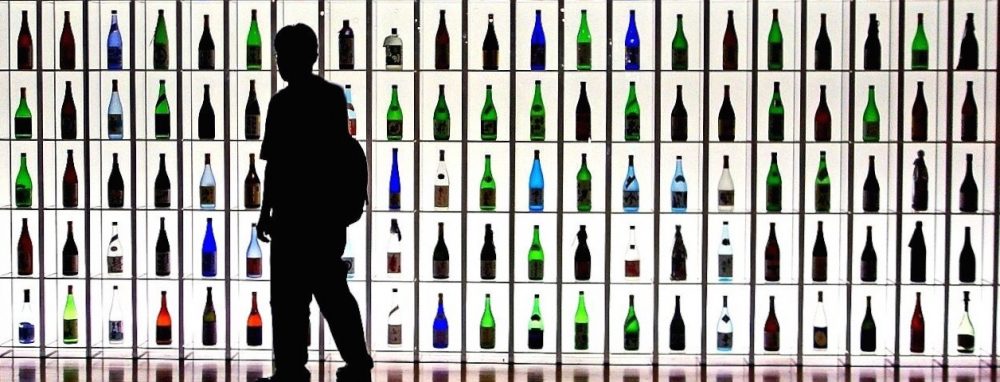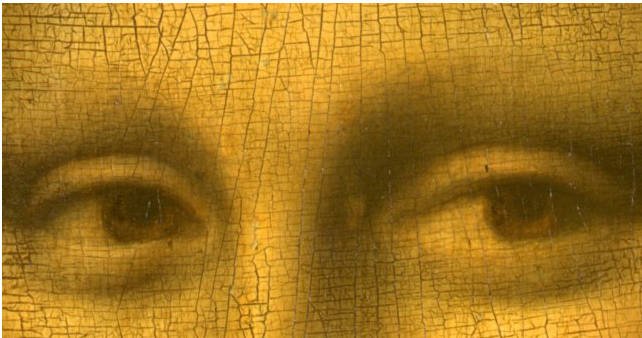Experts digging around a former convent in Florence have unearthed a big toe that might belong to Lisa Gherardini, the subject of Leonardo Da Vinci’s famed Mona Lisa painting.
Little is known about the real life of the noblewoman said to have posed for Da Vinci, but she is thought to have died in the 1540s in Florence’s Sant’Orsola convent.
Last month, experts started digging around Sant’Orsola in hopes of finding the remains of Gherardini.
Working on the project are two of Italy’s famed art super sleuths, Francesco Mallegni, the anthropologist/detective who famously brought to light Dante’s Cannibal Count and Silvano Vinceti.
So far, in the first tomb excavated under an altar, the only significant remains are a bone fragment, probably of the big toe of a left foot. Mallegni told daily La Nazione that it might belong to a woman and provide enough DNA material to identify Gherardini.
Research will continue with ground-penetrating radar in the central part of the church where they believe there may be other crypts.
The large Sant’Orsola complex dates to 1309, ceased its life as a convent in the 1800s, then became a tobacco factory before being used by the university up to the 1950s. It stood semi-derelict with its windows bricked-up until restoration work started in 2010.



